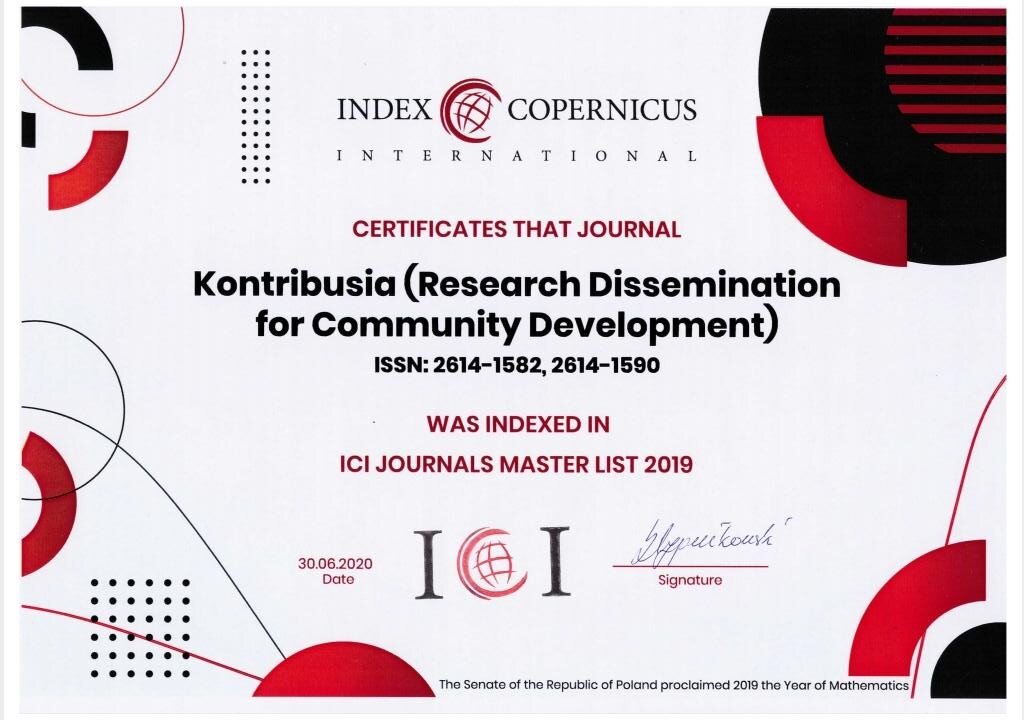Comparison of Chitosan Characterization from Mussel Shell Waste Using Varying Concentration of Solvents
Abstract
Massive amounts of mussel shell waste are generated and wasted from the aquaculture processing sectors, resulting in environmental pollution. This material contains chitosan as a valuable compound characterized as a non-toxic structural component with several food processing applications or medicinal applications. In this research, mussel shells were processed using different solvents concentrations in several stages: demineralization, deproteination, decolourization, and deacetylation. Our result showed that the C2 samples gained a high degree of deacetylation (31.8±0.21%) with low moisture and ash content and medium weight of yield. Further research is recommended to purify chitosan using various instrumentation and assess its bioactivity.Downloads
Download data is not yet available.
Published
Dec 31, 2021
How to Cite
MAULIDA SAFITRI, Nur; RAHIM, Andi Rahmad; FIRMANI, Ummul.
Comparison of Chitosan Characterization from Mussel Shell Waste Using Varying Concentration of Solvents.
Kontribusia : Research Dissemination for Community Development, [S.l.], v. 5, n. 1, p. 9-14, dec. 2021.
ISSN 2614-1590.
Available at: <https://journal.umg.ac.id/index.php/kontribusia/article/view/2873>. Date accessed: 25 apr. 2024.
doi: http://dx.doi.org/10.30587/kontribusia.v5i1.2873.
Section
Articles










